Home>Furniture & Design>Living Room Furniture>How To Fix Recliner Footrest
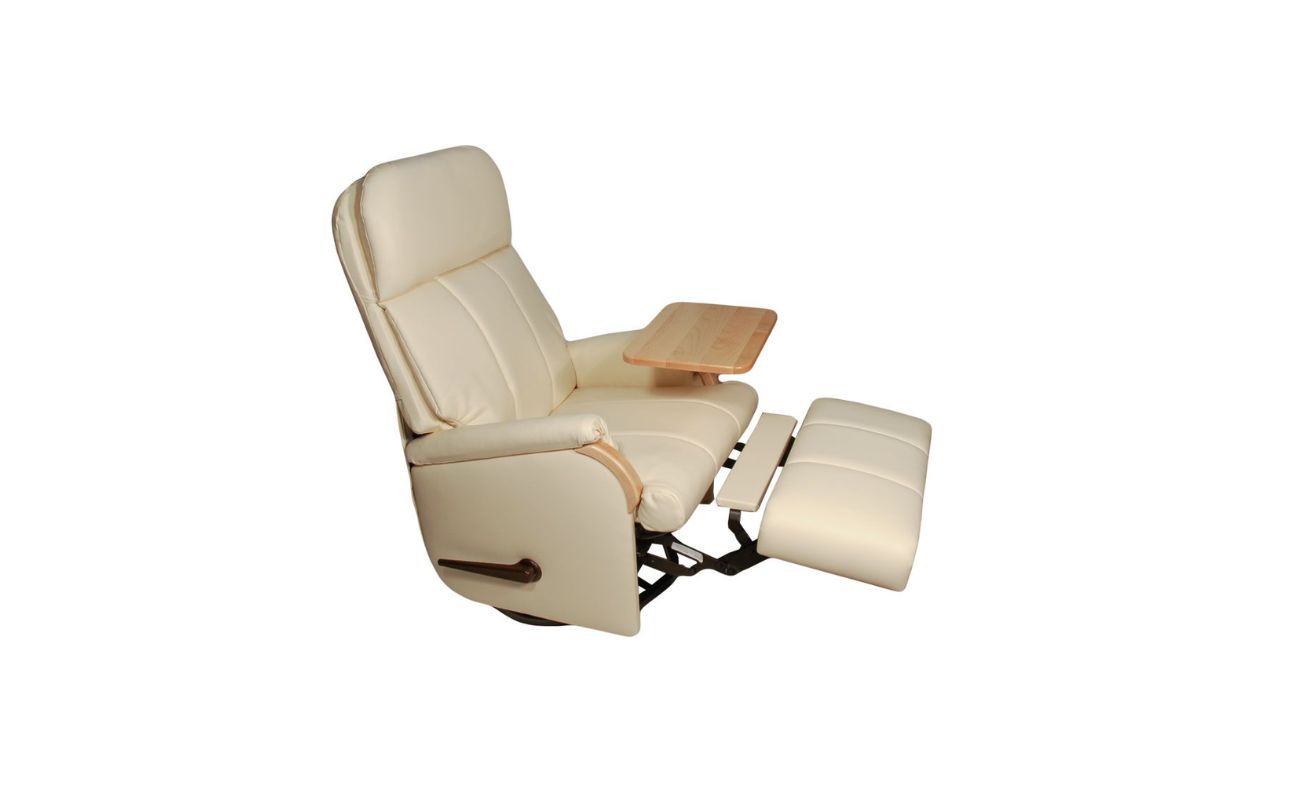

Living Room Furniture
How To Fix Recliner Footrest
Modified: March 24, 2024
Learn how to fix your recliner footrest with our expert tips and advice. Get your living room furniture back in top shape with our easy solutions. Discover more at [Your Website Name].
(Many of the links in this article redirect to a specific reviewed product. Your purchase of these products through affiliate links helps to generate commission for Storables.com, at no extra cost. Learn more)
Introduction
A recliner is the epitome of comfort and relaxation, providing a cozy spot to unwind after a long day. However, a malfunctioning footrest can quickly put a damper on your lounging experience. Whether it's stuck in the extended position, refusing to recline, or making unsettling noises, a faulty footrest can disrupt the tranquility of your cherished downtime. Fortunately, with a few simple steps and the right tools, you can restore your recliner's footrest to its former glory.
In this comprehensive guide, we will walk you through the process of diagnosing and fixing common issues that plague recliner footrests. From assessing the problem to implementing the necessary repairs, you'll gain valuable insights into troubleshooting and restoring functionality to this integral part of your favorite piece of furniture.
So, if you've ever found yourself grappling with a stubborn footrest that just won't cooperate, fear not. By following the steps outlined in this guide, you'll be well-equipped to tackle the issue head-on and reclaim the full comfort and functionality of your beloved recliner. Let's dive into the essential tools and materials you'll need to get started on this rejuvenating journey for your recliner's footrest.
Key Takeaways:
- Recliner footrest repair is a rewarding journey, restoring comfort and functionality to your favorite furniture. With patience and the right tools, you can tackle and fix common issues, ensuring a rejuvenated lounging experience.
- By assessing, identifying, and repairing the footrest, you not only restore its seamless operation but also extend the lifespan of your recliner. Embrace the satisfaction of reviving your cherished furniture and enhancing your lounging comfort.
Read more: How To Extend Recliner Footrest
Tools and Materials Needed
Before embarking on the journey to restore your recliner's footrest, it's essential to gather the necessary tools and materials. Having the right equipment at your disposal will streamline the repair process and ensure a successful outcome. Here's a comprehensive list of items you'll need to have on hand:
Tools:
- Screwdriver Set: A versatile screwdriver set with various head types, including Phillips and flathead, will be indispensable for disassembling the recliner and accessing the footrest mechanism.
- Pliers: Both needle-nose and standard pliers will aid in gripping and manipulating small components during the repair process.
- Adjustable Wrench: This tool will come in handy for tightening or loosening nuts and bolts that secure the footrest mechanism.
- Flashlight: A reliable flashlight will illuminate the inner workings of the recliner, allowing for better visibility while diagnosing and addressing the footrest issue.
- Allen Wrench Set: Many recliners utilize Allen screws to secure various components, making an Allen wrench set a valuable addition to your toolkit.
- Hammer: A lightweight hammer can assist in gently tapping or adjusting certain parts without causing damage.
Materials:
- Replacement Parts: Depending on the nature of the footrest problem, you may need to acquire specific replacement parts such as springs, cables, or levers. It's advisable to identify the exact components needed based on your assessment of the issue.
- Lubricant: A high-quality lubricant or silicone spray will aid in addressing issues related to stiffness or squeaking within the footrest mechanism.
- Clean Cloth: Keeping a clean cloth on hand will allow you to wipe down components and remove any accumulated dust or debris during the repair process.
- Safety Gloves: It's important to prioritize safety, so a pair of durable gloves will protect your hands while handling tools and components.
- Safety Glasses: To shield your eyes from potential debris or small particles dislodged during the repair, safety glasses are a crucial safety measure.
By ensuring that you have these tools and materials readily available, you'll be well-prepared to tackle the task of fixing your recliner's footrest. With everything in place, you can proceed to the next step of assessing the issue and identifying the root cause of the problem.
Step 1: Assessing the Issue
Before diving into the repair process, it's crucial to conduct a thorough assessment of the recliner's footrest to pinpoint the underlying issue. This initial step sets the foundation for an effective and targeted approach to resolving the problem. Here's a detailed breakdown of how to assess the issue:
-
Visual Inspection: Begin by visually examining the footrest and its surrounding components. Look for any visible signs of damage, such as bent or broken levers, loose screws, or frayed cables. Take note of any irregularities in the footrest's position or movement, as these observations will provide valuable insights into the nature of the problem.
-
Operational Testing: Next, test the footrest's functionality by attempting to extend and retract it. Pay close attention to any resistance, unusual noises, or uneven movement during this process. Take note of how the footrest responds to your actions, as this will help in identifying specific areas of concern.
-
Mechanism Examination: If possible, partially disassemble the recliner to gain access to the footrest mechanism. Inspect the internal components, including springs, hinges, and release levers, for any signs of wear, damage, or misalignment. Additionally, check for the presence of debris or obstructions that may impede the smooth operation of the footrest.
-
Documentation and Note-taking: Throughout the assessment, document your observations and take detailed notes regarding the observed symptoms and potential causes of the issue. This documentation will serve as a valuable reference point when proceeding to the next steps of the repair process.
-
Functional Analysis: Consider the various functions of the footrest, such as locking in the extended position, reclining smoothly, and maintaining stability. Assess whether any of these functions are compromised and how they relate to the observed symptoms. This analysis will help in narrowing down the root cause of the problem.
By meticulously assessing the recliner's footrest through visual inspection, operational testing, mechanism examination, documentation, and functional analysis, you'll gain a comprehensive understanding of the underlying issue. This thorough assessment sets the stage for the subsequent steps of identifying, repairing, and testing the footrest, ultimately leading to a successful restoration of its functionality.
Read more: How To Fix A Recliner
Step 2: Identifying the Problem
After conducting a meticulous assessment of the recliner's footrest, the next crucial step in the repair process is identifying the specific problem or problems affecting its functionality. This phase involves delving deeper into the observed symptoms and potential causes uncovered during the assessment, ultimately narrowing down the root issue. Here's a detailed breakdown of how to effectively identify the problem:
-
Symptom Analysis: Begin by revisiting the documented observations and notes from the assessment phase. Take note of the primary symptoms exhibited by the footrest, such as stiffness, erratic movement, inability to lock in position, or unusual noises. By analyzing these symptoms in conjunction with the operational testing results, you can start to form a clearer picture of the underlying problem.
-
Root Cause Examination: Based on the observed symptoms, delve into the potential root causes of the footrest malfunction. Common issues may include worn-out springs, damaged release levers, frayed cables, misaligned hinges, or accumulated debris within the mechanism. By systematically considering these potential causes, you can narrow down the list of probable culprits.
-
Functional Integration: Consider how the various components of the footrest mechanism interact with each other. Evaluate the interplay between the springs, levers, hinges, and locking mechanisms to identify any areas of dysfunction or misalignment. Understanding the functional integration of these components is instrumental in pinpointing the specific area requiring attention.
-
Comparative Analysis: If applicable, compare the current state of the footrest with its ideal functionality. Assess how the footrest should ideally operate and compare it to its current behavior. This comparative analysis will help in identifying deviations from the expected performance, shedding light on the specific aspects requiring repair or adjustment.
-
Prioritization of Issues: In cases where multiple issues are identified, prioritize them based on their impact on the overall functionality and safety of the footrest. Determine which issues are directly responsible for the observed symptoms and focus on addressing them in a logical sequence to ensure a comprehensive repair.
By meticulously following these steps, you can effectively identify the underlying problem or problems affecting your recliner's footrest. This targeted approach sets the stage for the subsequent phase of repairing or replacing the malfunctioning components, ultimately leading to the restoration of the footrest's full functionality and ensuring a rejuvenated lounging experience.
Step 3: Repairing or Replacing the Mechanism
With a clear understanding of the underlying problem plaguing your recliner's footrest, it's time to delve into the pivotal phase of repairing or replacing the malfunctioning mechanism. This step involves a systematic approach to addressing the identified issues, restoring the functionality of the footrest, and ensuring a seamless lounging experience. Here's a comprehensive breakdown of the process:
-
Disassembly and Access: Begin by carefully disassembling the recliner to gain access to the footrest mechanism. Use the appropriate tools, such as a screwdriver set and pliers, to remove the necessary components, taking care to organize and label each part for easy reassembly.
-
Component Inspection: Once the mechanism is accessible, thoroughly inspect each component for signs of wear, damage, or misalignment. Pay close attention to the springs, levers, cables, and hinges, identifying the specific areas requiring attention based on the previously identified problems.
-
Repairing Damaged Components: If the assessment reveals damaged or worn-out components, such as springs or levers, consider repairing them if feasible. This may involve straightening bent parts, reinforcing weak areas, or reattaching disconnected elements using appropriate techniques and materials.
-
Replacement of Faulty Parts: In cases where components are beyond repair or significantly compromised, proceed with replacing them with suitable replacements. Utilize the replacement parts identified during the assessment phase, ensuring compatibility and functionality to restore the footrest to optimal condition.
-
Lubrication and Adjustment: Apply a high-quality lubricant to the moving parts of the mechanism, such as hinges and pivot points, to facilitate smooth operation. Additionally, make any necessary adjustments to ensure proper alignment and functionality of the components.
-
Reassembly and Testing: Once the necessary repairs and replacements are completed, reassemble the recliner, following the reverse order of disassembly. Take care to tighten all fasteners securely and ensure proper alignment of the footrest. Subsequently, test the footrest's functionality to verify that the repairs have effectively addressed the identified issues.
By meticulously following these steps, you can effectively repair or replace the malfunctioning mechanism of your recliner's footrest, restoring its full functionality and ensuring a rejuvenated lounging experience. With the repair process completed, you can proceed to the final step of testing the footrest to confirm its seamless operation.
Check the recliner’s mechanism for any obstructions or damage. Lubricate the moving parts with a silicone-based lubricant. If the footrest still doesn’t work, consider seeking professional repair.
Step 4: Testing the Footrest
After diligently repairing or replacing the malfunctioning mechanism of your recliner's footrest, the crucial final step involves testing the footrest to ensure that the issues have been effectively addressed. This phase is instrumental in verifying the success of the repair process and confirming that the footrest operates seamlessly, restoring the comfort and functionality of your beloved recliner.
Here's a detailed breakdown of the essential steps involved in testing the footrest:
-
Functional Evaluation: Begin by systematically testing the various functions of the footrest, including extending and retracting it, locking it in position, and ensuring smooth and stable reclining. Pay close attention to the responsiveness of the footrest to your actions, assessing whether it operates without resistance or unusual noises.
-
Range of Motion: Evaluate the full range of motion of the footrest, ensuring that it extends and retracts smoothly without any abrupt stops or jerky movements. Verify that the footrest locks securely in the extended position and releases effortlessly when prompted to retract.
-
Stability and Alignment: Assess the stability and alignment of the footrest during operation, ensuring that it maintains a consistent and level position throughout its movement. Verify that the footrest remains securely in place when extended, without any wobbling or instability.
-
Noise and Friction: Listen for any unusual noises or friction during the operation of the footrest. A well-repaired mechanism should operate quietly and smoothly, devoid of any creaking, grinding, or scraping sounds that may indicate underlying issues.
-
User Experience: Finally, test the footrest from a user perspective, reclining in the chair and utilizing the footrest in a typical lounging position. Assess the overall comfort and functionality, ensuring that the footrest enhances the relaxation experience without any hindrances or discomfort.
By meticulously testing the footrest across these critical parameters, you can effectively verify the success of the repair or replacement process. Any lingering issues or irregularities can be promptly addressed, ensuring that your recliner's footrest is restored to its optimal functionality.
With the footrest successfully tested and confirmed to operate seamlessly, you can now revel in the rejuvenated comfort and relaxation offered by your recliner. The meticulous repair process has not only resolved the underlying issues but has also extended the lifespan of your cherished furniture, allowing you to continue enjoying its comforts for years to come.
Conclusion
In conclusion, the journey to fix a recliner's footrest is a rewarding endeavor that culminates in the restoration of comfort and functionality to a cherished piece of furniture. By embarking on the comprehensive process outlined in this guide, you've gained valuable insights into diagnosing, repairing, and testing the footrest, ultimately reclaiming the full potential of your recliner.
Throughout this rejuvenating journey, you've harnessed the power of meticulous assessment, problem identification, and targeted repairs to address the underlying issues affecting the footrest. The systematic approach employed in disassembling, inspecting, and repairing or replacing the mechanism has not only resolved the immediate concerns but has also contributed to the longevity and resilience of your recliner.
As you meticulously tested the footrest, evaluating its range of motion, stability, and user experience, you've ensured that the repair process has yielded the desired outcome. The seamless operation and enhanced comfort of the footrest stand as a testament to your dedication and expertise in restoring this integral component of your recliner.
Beyond the immediate gratification of a fully functional footrest, the skills and knowledge acquired through this repair journey empower you to tackle future challenges with confidence. The ability to assess, diagnose, and repair furniture mechanisms not only enhances the longevity of your possessions but also instills a sense of accomplishment and self-sufficiency.
As you recline in your rejuvenated chair, basking in the comfort and tranquility it offers, take pride in the journey you've undertaken. Your commitment to restoring the footrest exemplifies the care and attention you invest in your living space, ensuring that it remains a haven of relaxation and contentment.
With the footrest seamlessly operating and the recliner exuding its full allure, you can relish the fruits of your labor, knowing that your efforts have revitalized a cherished piece of furniture. The comfort and functionality restored to your recliner's footrest stand as a testament to your dedication and expertise, enriching your living space and elevating your lounging experience for years to come.
Frequently Asked Questions about How To Fix Recliner Footrest
Was this page helpful?
At Storables.com, we guarantee accurate and reliable information. Our content, validated by Expert Board Contributors, is crafted following stringent Editorial Policies. We're committed to providing you with well-researched, expert-backed insights for all your informational needs.
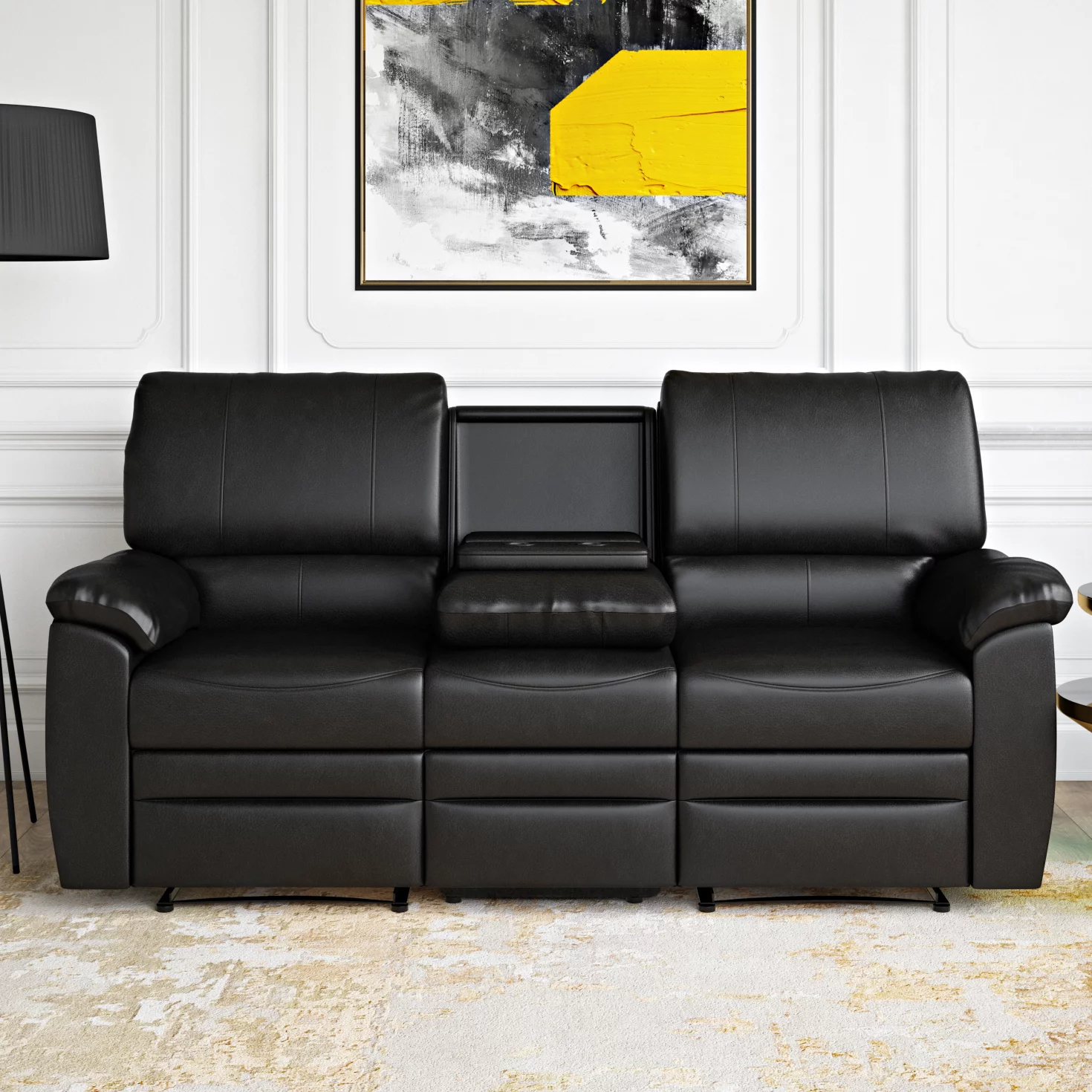
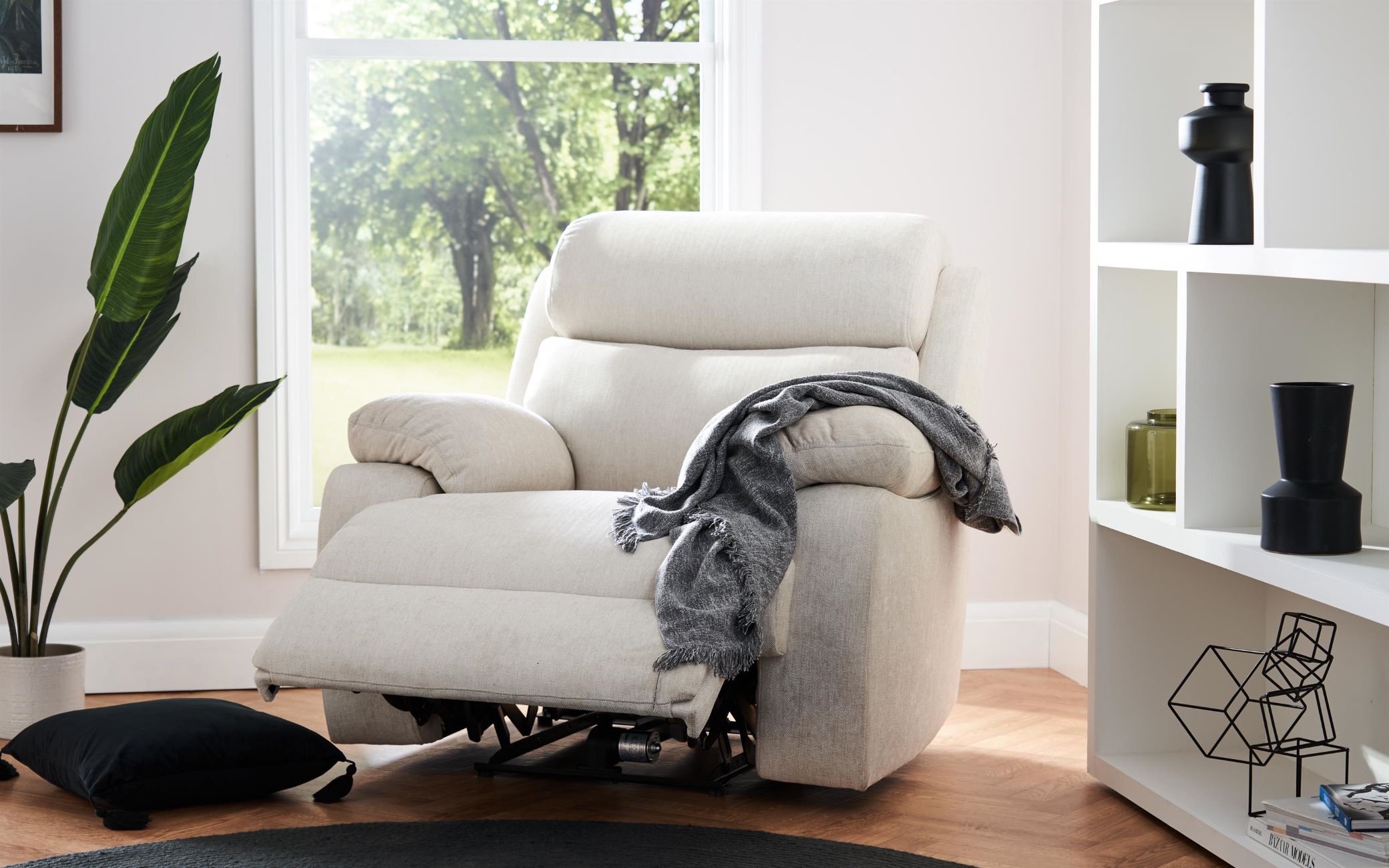
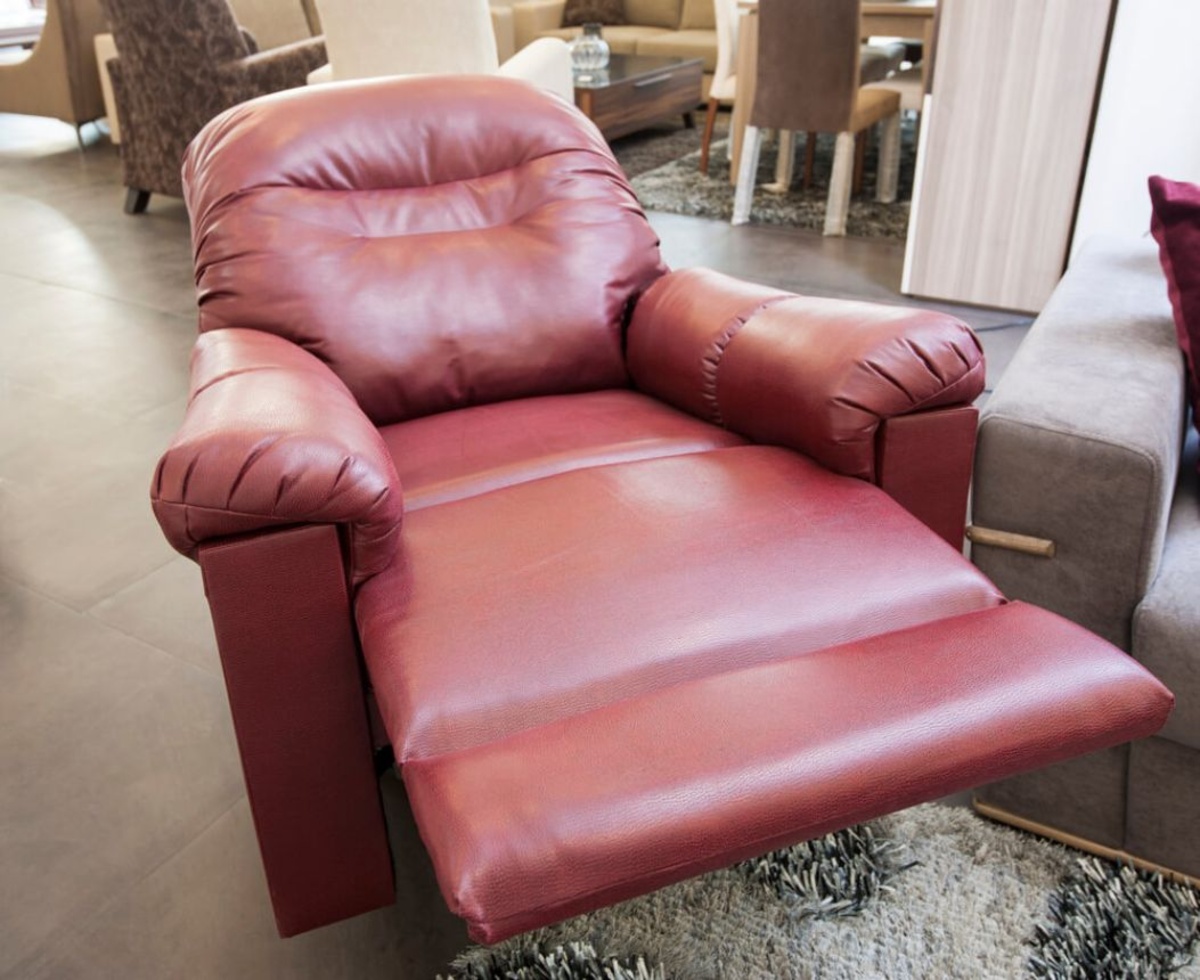
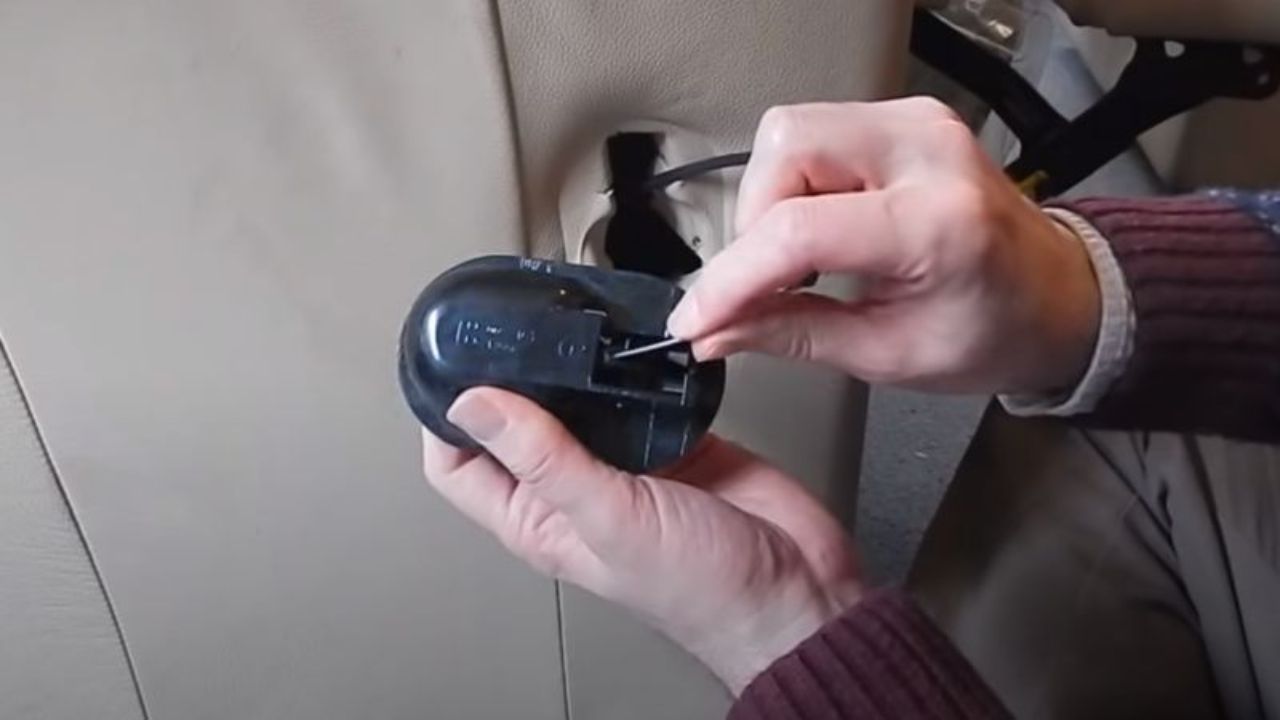
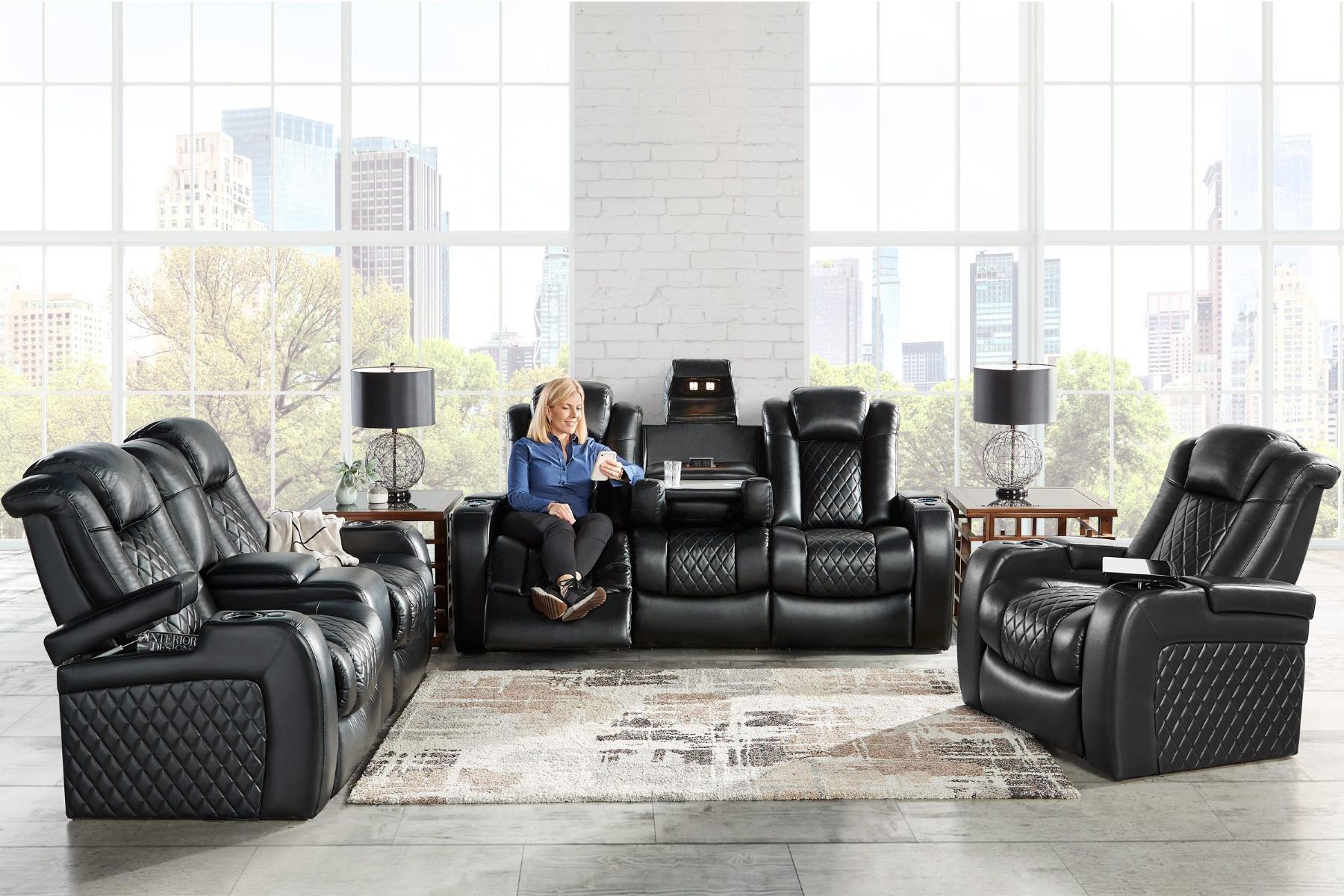
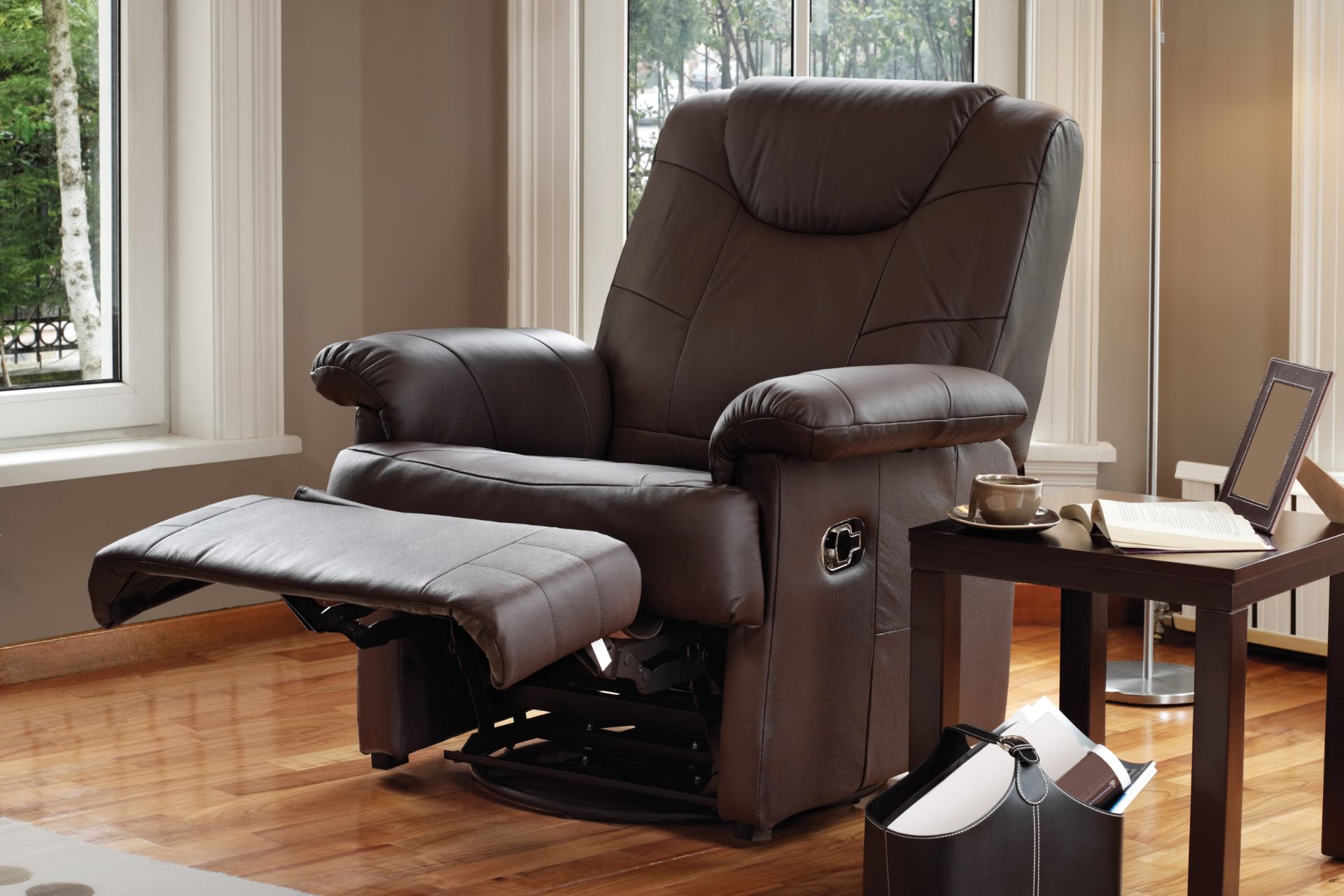
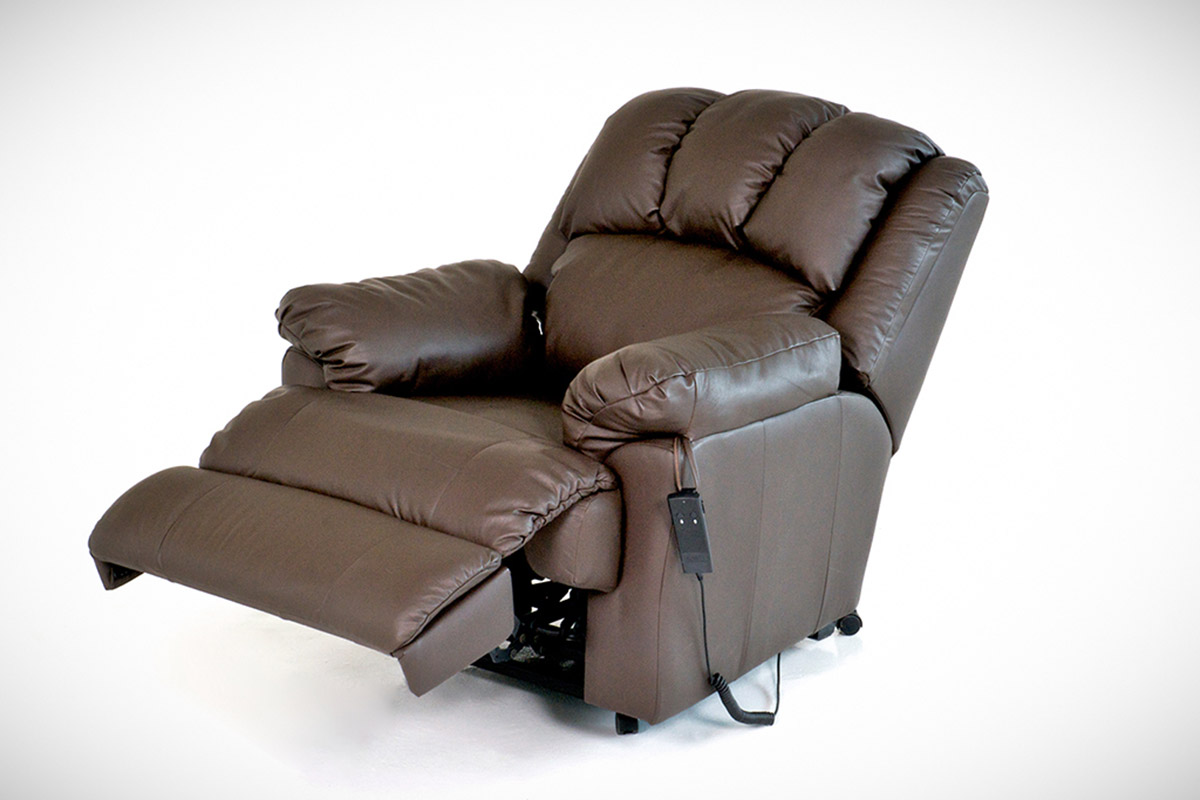
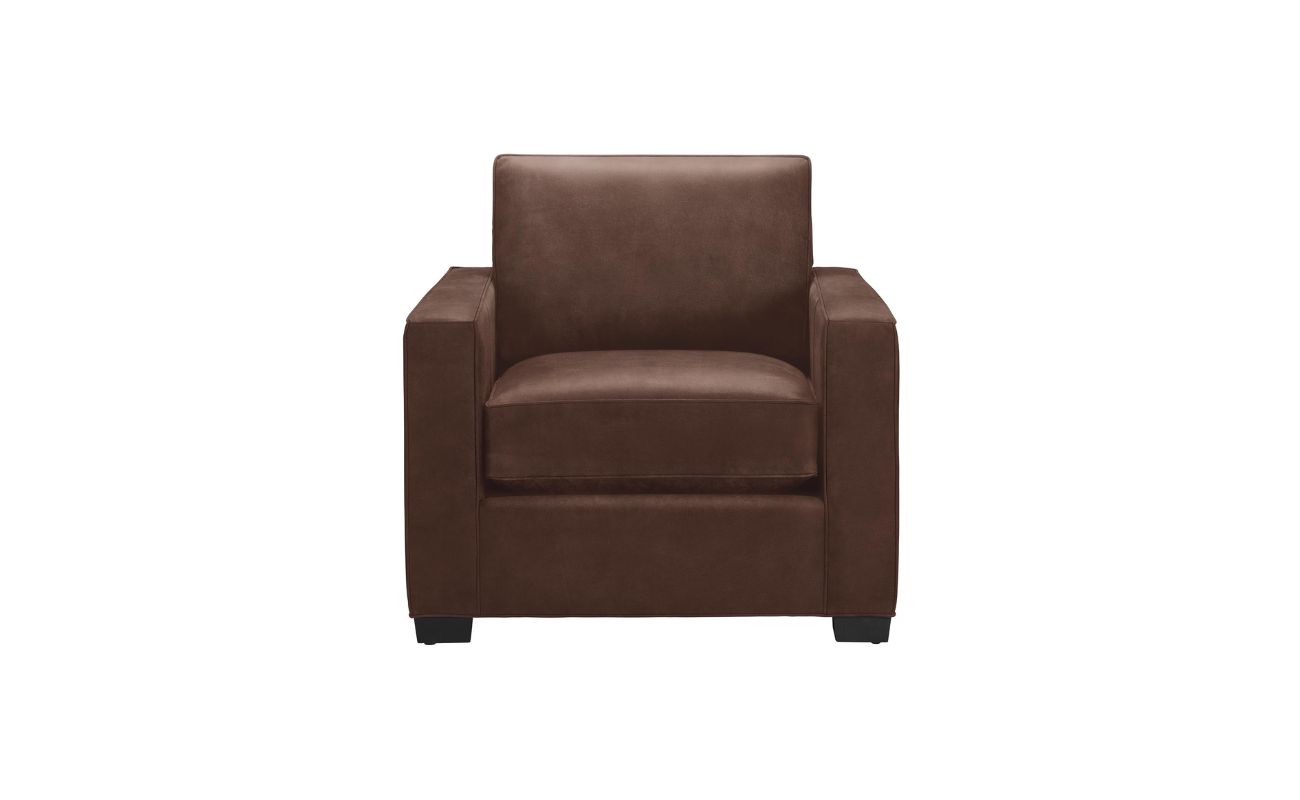
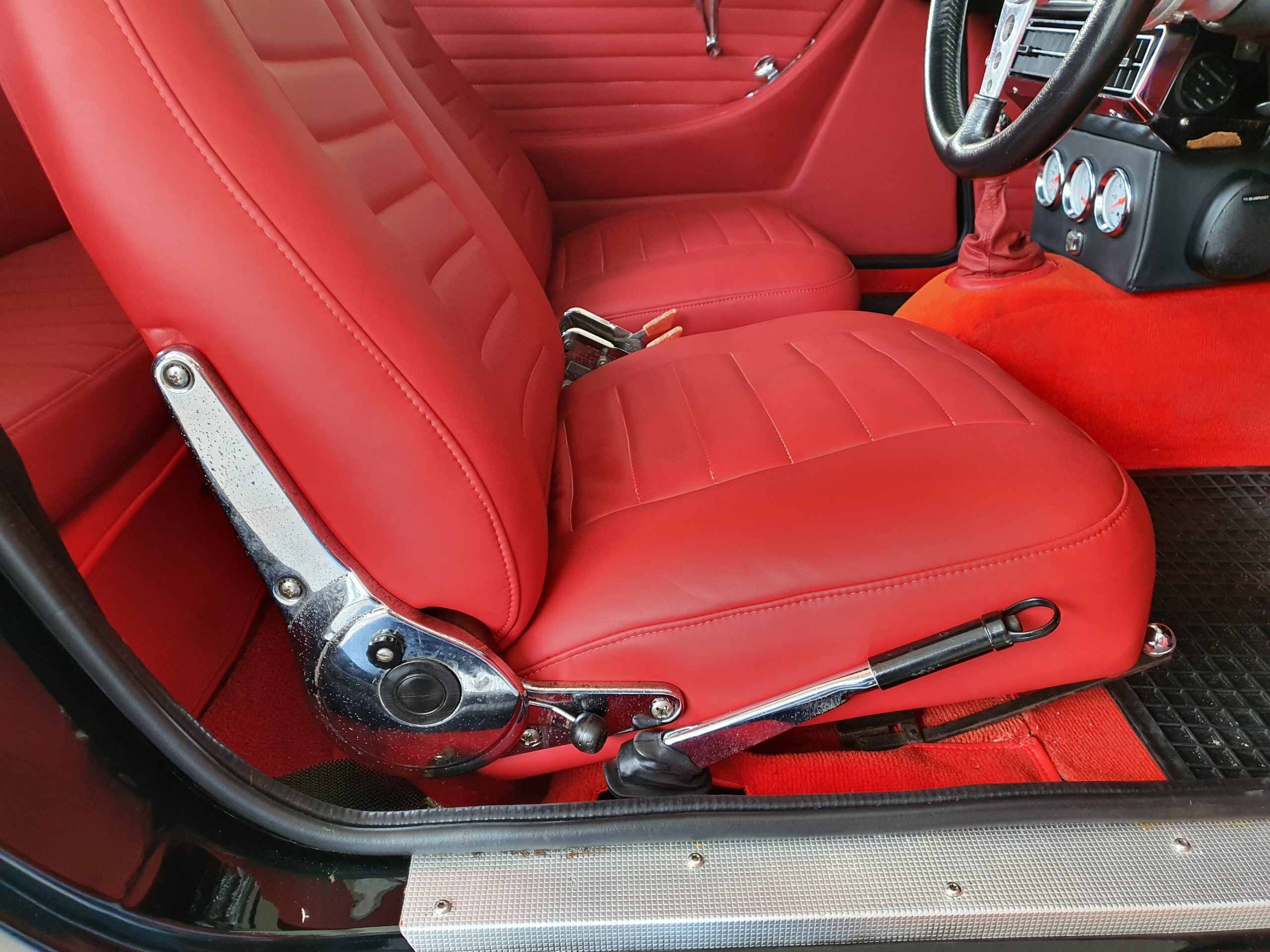
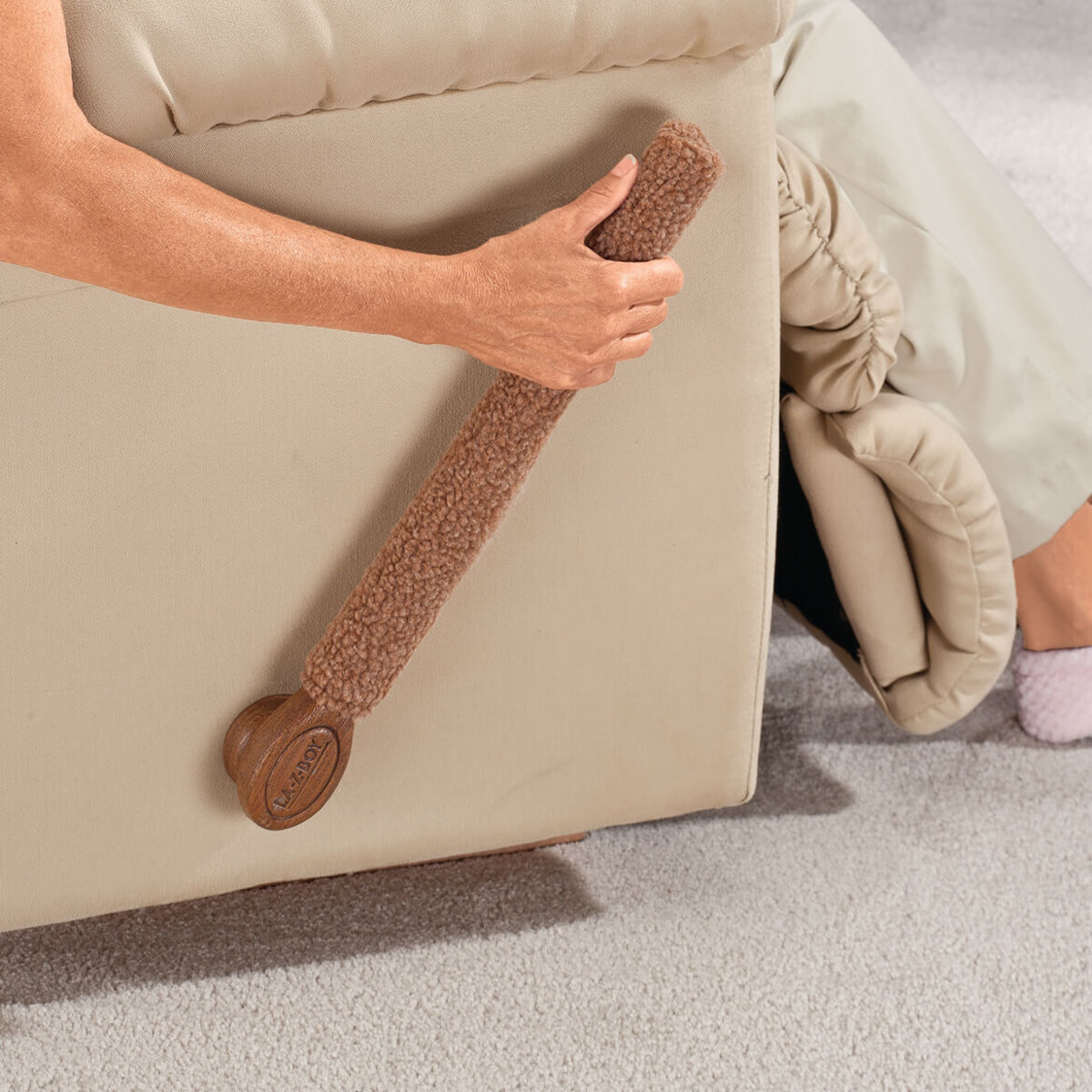
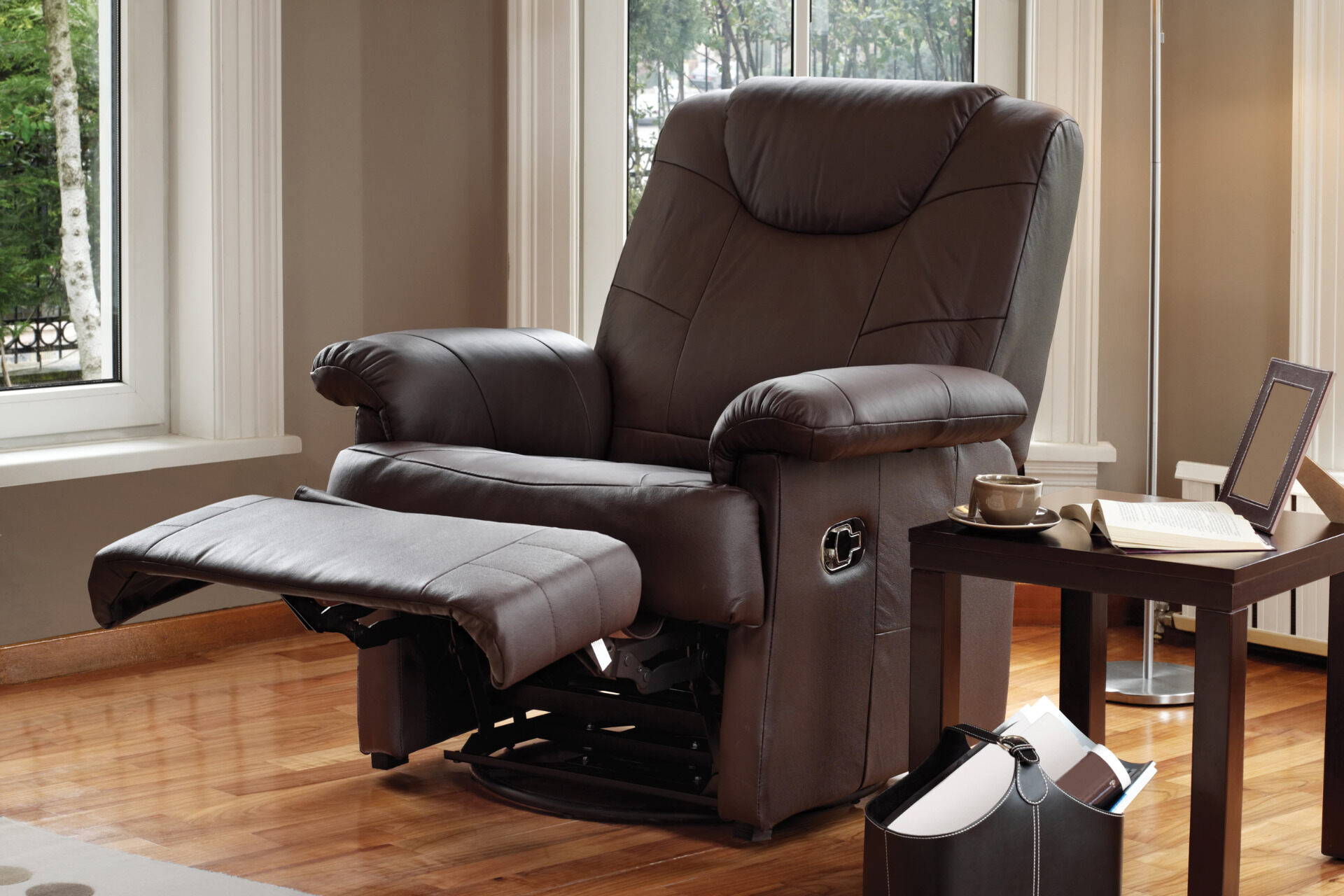
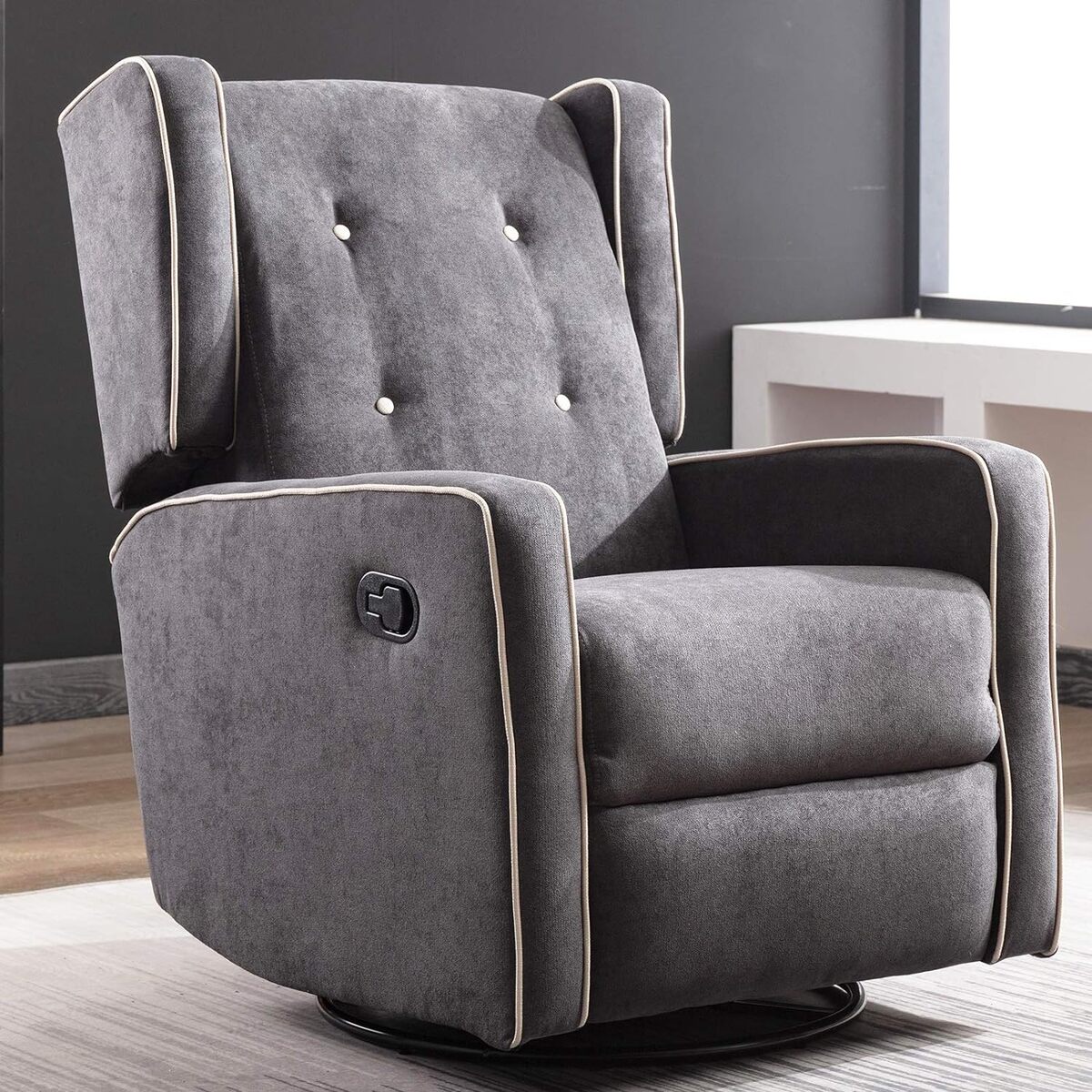
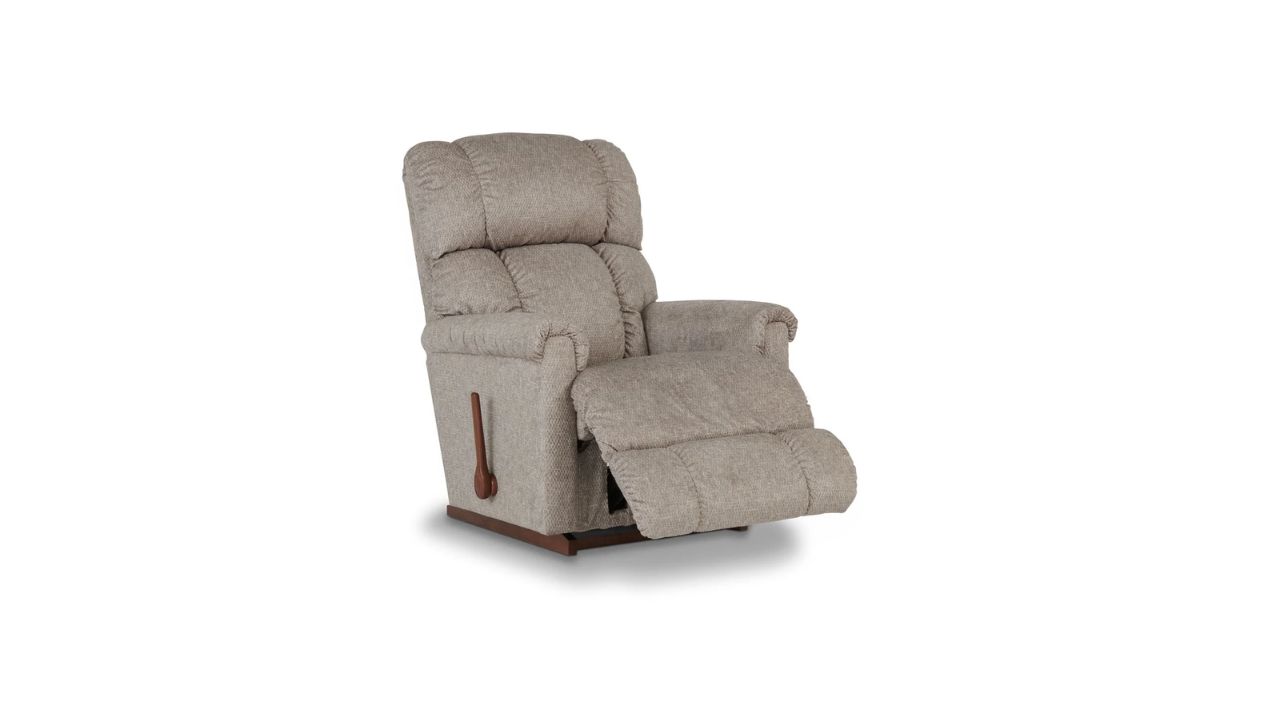
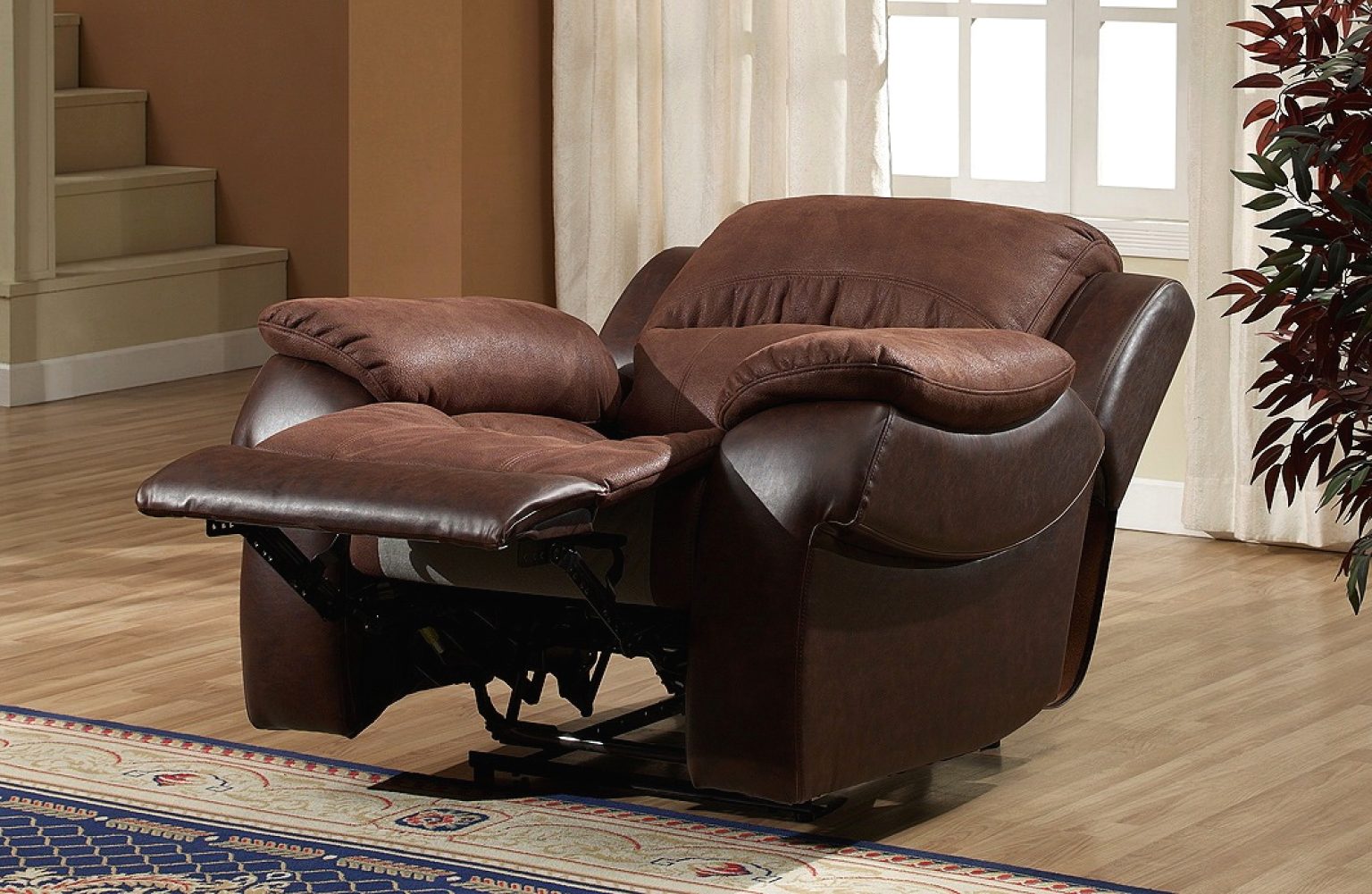

0 thoughts on “How To Fix Recliner Footrest”